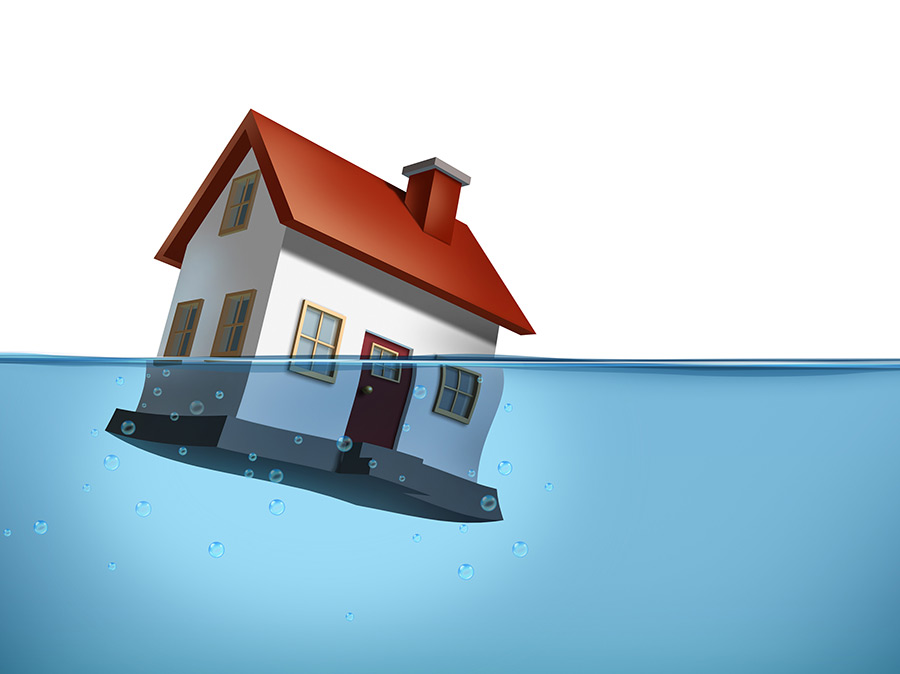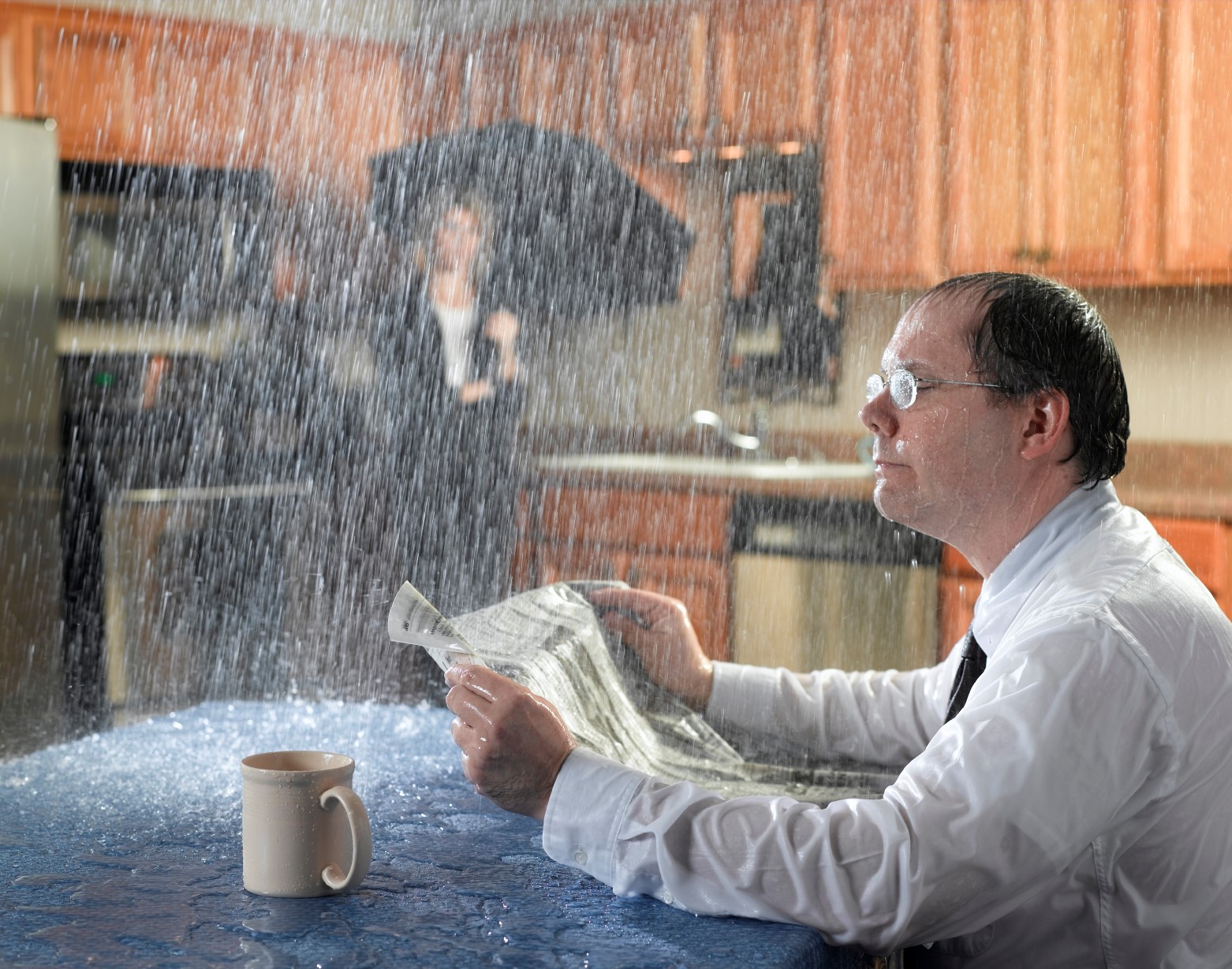Spotting and Fixing the Six Most Common Water Leaks in Your Home
Spotting and Fixing the Six Most Common Water Leaks in Your Home
Blog Article
Everyone seems to have his or her own notions on the subject of Top Causes of Home Water Leaks.

Leakages not just create waste of water however can also cause unnecessary damages to your residence and also promote unwanted organic development. Water leaks might go undetected considering that most of the pipework in our home is concealed. By recognizing as well as looking for day-to-day circumstances that cause leakages, you can secure your house from future leaks and also unneeded damage. Today, we will certainly consider 6 leak causes that may be creating your pipelines to leak.
Encroaching roots
The majority of water leakages begin outside the house instead of inside it. If you notice an abrupt decrease in water stress, say in your tap, take some time to go out as well as analyze your lawn. You could discover wet patches or sinkholes in your backyard, and that may mean that tree roots are attacking water lines creating water to seep out. You can have your plumber look for breach, particularly if you have trees or hedges near your residential property.
Rusty water supply
This might be the reason of staining or warping on your water pipelines. If our plumbing system is old, think about replacing the pipelines since they are at a higher danger of deterioration than the more recent designs.
Malfunctioning Pipeline Joints
Pipe joints can weaken over time, resulting in water leaks. If you have noisy pipes that make ticking or banging noises, especially when the hot water is turned on, your pipeline joints are possibly under a great deal of stress.
Instant temperature level adjustments.
Severe temperature level adjustments in our pipelines can trigger them to increase as well as contract unexpectedly. This development as well as contraction may cause fractures in the pipelines, especially if the temperature are below freezing. It would be best if you kept an eye on how your plumbing functions. The existence of the formerly pointed out scenarios regularly indicates a high risk.
Poor Water Connectors
At times, a leakage can be caused by loose tubes as well as pipelines that supply your appliances. More often than not, moving is what causes the loosened water Connections. You could discover when it comes to a washing equipment, a hose pipe might spring a leakage due to trembling throughout the spin cycle. In case of a water connections leakage, you may observe water running directly from the supply line or puddles around your home appliances.
Clogged Drains
Blocked drains pipes might be aggravating and inconveniencing, however they can in some cases wind up creating an overflow resulting in rupture pipelines. Keep eliminating any kind of materials that may drop your drains pipes that could block them to stay clear of such inconveniences.
All the above are sources of leaks but not all water leaks result from plumbing leakages; some leakages could come from roofing leakages. All leaks need to be repaired instantly to prevent water damages.
Leaks not only trigger waste of water yet can additionally cause unnecessary damage to your house as well as advertise unwanted natural growth. By looking and also comprehending for everyday scenarios that trigger leaks, you can secure your home from future leaks as well as unnecessary damage. Today, we will look at six leakage triggers that may be triggering your pipelines to drip.
At times, a leak can be caused by loose hose pipes as well as pipelines that provide your devices. In situation of a water connections leak, you may see water running straight from the supply line or puddles around your devices.
How To Check For Water Leak In Your Home
How To Check for Leaks
The average household's leaks can account for nearly 10,000 gallons of water wasted every year and ten percent of homes have leaks that waste 90 gallons or more per day. Common types of leaks found in the home are worn toilet flappers, dripping faucets, and other leaking valves. These types of leaks are often easy to fix, requiring only a few tools and hardware that can pay for themselves in water savings. Fixing easily corrected household water leaks can save homeowners about 10 percent on their water bills.
To check for leaks in your home, you first need to determine whether you're wasting water and then identify the source of the leak. Here are some tips for finding leaks:
Take a look at your water usage during a colder month, such as January or February. If a family of four exceeds 12,000 gallons per month, there are serious leaks.
Check your water meter before and after a two-hour period when no water is being used. If the meter changes at all, you probably have a leak.
Identify toilet leaks by placing a drop of food coloring in the toilet tank. If any color shows up in the bowl after 10 minutes, you have a leak. (Be sure to flush immediately after the experiment to avoid staining the tank.)
Examine faucet gaskets and pipe fittings for any water on the outside of the pipe to check for surface leaks.
Undetected water leaks can happen without the home or business owner even realizing. If you suspect a water leak, but not able to find the source. It is time to contact a professional water leak detection service, The Leak Doctor.
How To Find a Water Leak In Your Home
https://www.leakdoctor.com/blog/How-To-Check-For-Water-Leak-In-Your-Home_AE197.html

Hopefully you enjoyed reading our post on How to detect water leaks in your home. Thank you for finding the time to read through our short article. Liked our blog? Please share it. Let others find it. Many thanks for your time. Kindly come visit our blog back soon.
Click Here Report this page